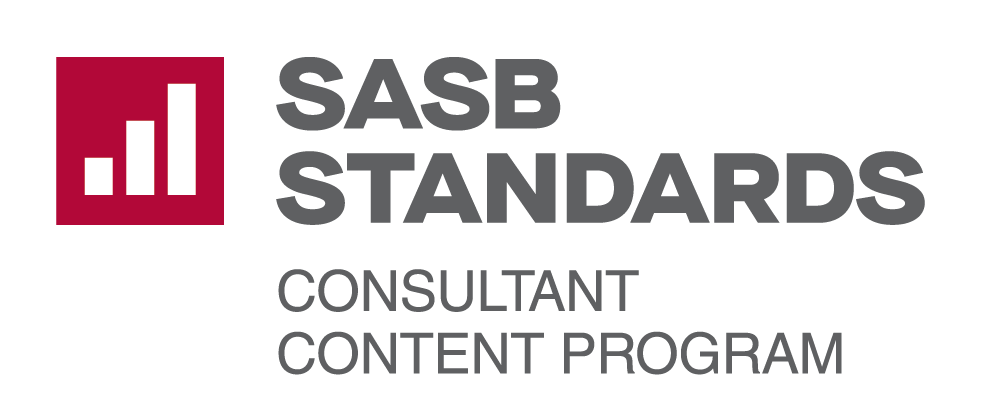Sustainability—and more explicitly measuring and reporting your carbon emissions—is no longer a nice-to-have; it’s becoming a hard requirement for businesses. While starting your sustainability journey may seem daunting, especially for small and mid-size businesses, it’s more accessible than you might think.
In our latest webinar, Greenplaces CEO & Founder Alex Lassiter and Jennifer Harrity, Director of Sensiba’s Center for Sustainability, shared actionable advice on how to approach your corporate sustainability strategy. Here are the 5 key steps they recommend.
Step 1: Map sustainability to business goals
To drive meaningful progress, sustainability can’t be a side project; it needs to be a part of your overall company business goals.
For each of your major company objectives, explore how sustainability could help you achieve them more effectively while managing risks. Integrate sustainability metrics and considerations into budgeting, job descriptions, employee evaluations, and executive compensation. Making it a shared responsibility across the organization will accelerate positive change.
Step 2: Identify your key stakeholders
You already know that customers, investors, and regulators care. Now you should identify the internal stakeholders who are key to bringing sustainability to life in your business. You’ll need to engage:
- C-level executives: This will most often be your CEO, CFO, and sometimes General Counsel.
- Operational leaders: Bring in department heads from Customer Experience and Marketing where there is a clear tie into their initiatives
- Passionate employees: You’ll find people across the business who care about being green and sustainable. You may even have an employee resource group already.
Their support will be essential to making sustainability real in your business.
Step 3: Measure your carbon footprint
Quantifying your company’s carbon emissions is a crucial baseline to understand your environmental impact. Calculate your Scope 1, 2 and 3 emissions to establish metrics and a way to track them. Greenplaces can help you here.
Use your carbon footprint to set ambitious but achievable science-based reduction targets. Identify a few specific goals to tackle first, such as improving energy efficiency, shifting to renewable energy, or minimizing waste. You can also engage outside help, like from our partner Sensiba, for a materiality assessment.
Step 4: Tell your story
Once you have your sustainability plan and goals in place, start communicating them authentically to your stakeholders. Add a dedicated section to your website sharing your current initiatives, metrics, and future commitments.
Be transparent about challenges and position sustainability as an ongoing journey. Getting the message out, even in the early stages, will boost recruiting, strengthen customer relationships, and build trust in your brand. Aim to develop an annual sustainability report over time to keep stakeholders engaged in your progress.
Conclusion
The key is to get started now, even with small steps. Sustainability is rapidly becoming a business necessity. The earlier you act to develop your sustainability strategy, the better positioned you’ll be to reduce risks, seize opportunities, and succeed in the transition to a low-carbon future. At Greenplaces, we’re here to support you every step of the way on your sustainability journey.
Ready to take the next step in your sustainability journey?
Contact Greenplaces today to learn how we can help you turn sustainability into your strategic advantage.










